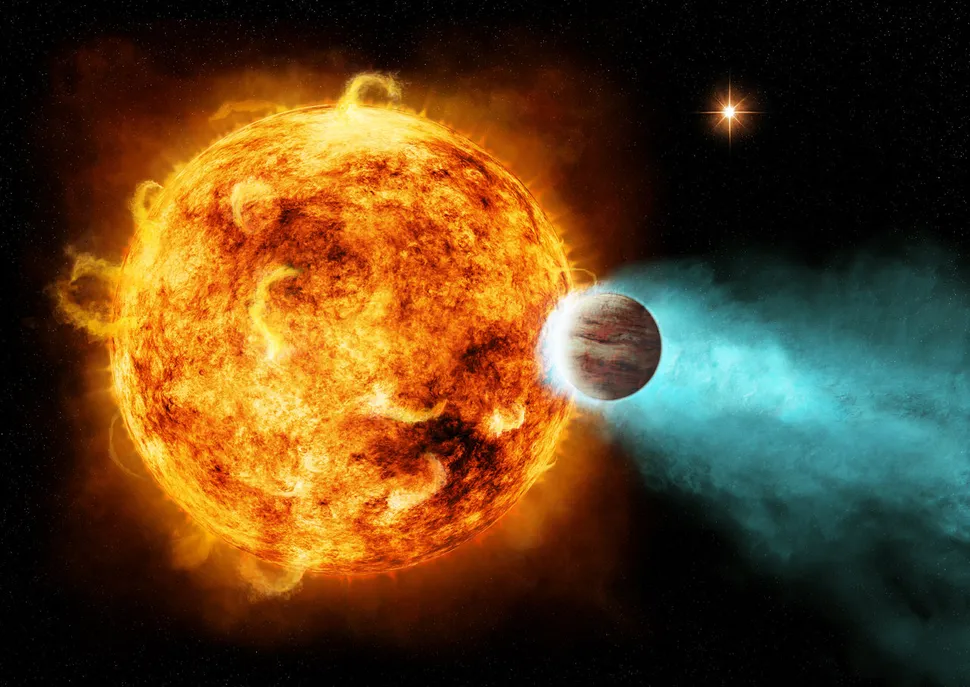Discover the catastrophic consequences when gas giant planets collide with the Sun.
Gas giant planets and stars are two of the most massive objects in the universe. While they may seem vastly different, they both exert tremendous gravitational forces that can affect each other's behavior. But what happens when these two objects collide? In this blog post, we'll explore the potential consequences of a gas giant planet colliding with a star or sun.
What are Gas Giant Planets?
Gas giant planets, also known as Jovian planets, are large planets primarily composed of hydrogen and helium gases. Jupiter, Saturn, Uranus, and Neptune are all gas giant planets in our solar system. These planets have no solid surface and are mostly made up of thick atmospheres, with some having a small rocky or metallic core.
What are Stars?
Stars are massive, luminous spheres of plasma that emit energy through nuclear fusion reactions in their cores. The closest star to Earth is the sun, which provides the energy that sustains life on our planet. Stars vary in size and temperature, and their lifespans depend on their mass.
What Happens When Gas Giant Planets and Stars Collide?
If a gas-giant planet were to collide with a star or sun, the results would be catastrophic. The intense gravitational forces and temperatures involved in such a collision would likely cause the gas-giant planet to be completely destroyed. The impact could also cause disruptions in the star's nuclear fusion reactions, potentially affecting its stability and output of energy.
The exact consequences of such a collision would depend on several factors, including the mass and speed of the gas giant planet and the size and age of the star. A high-speed collision between a massive gas giant planet and a small star could potentially trigger a supernova, an explosive event that releases a vast amount of energy and can result in the formation of a black hole.
However, such collisions are rare and unlikely to occur in our solar system. The distances between planets and stars are vast, and the likelihood of their paths crossing is incredibly small.
Conclusion
Gas giant planets and stars are two of the most massive objects in the universe, but their differences are significant. While gas giant planets are primarily composed of gases, stars are luminous spheres of plasma that emit energy through nuclear fusion reactions. Collisions between gas giant planets and stars are rare, but if they were to occur, the consequences would be catastrophic. These collisions could potentially cause disruptions in the star's nuclear fusion reactions or even trigger a supernova. However, such events are unlikely to occur in our solar system due to the vast distances between planets and stars.
